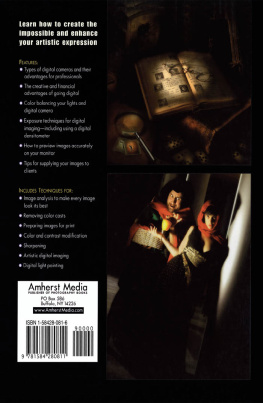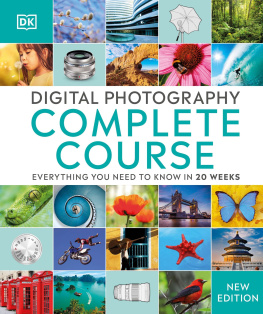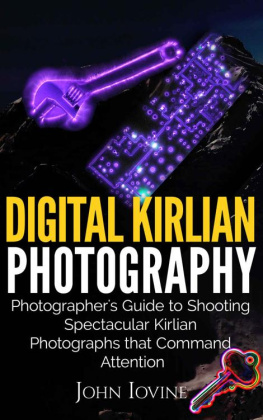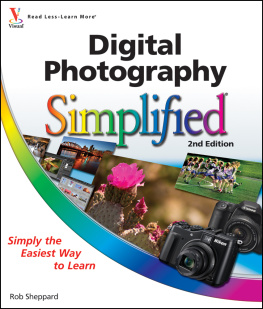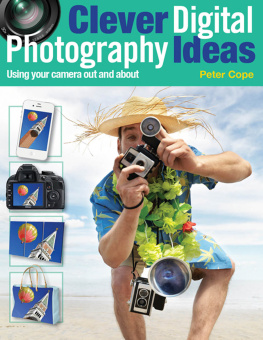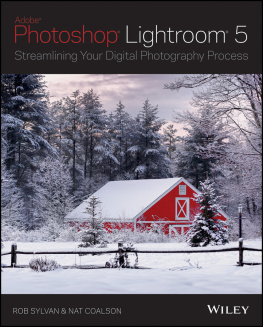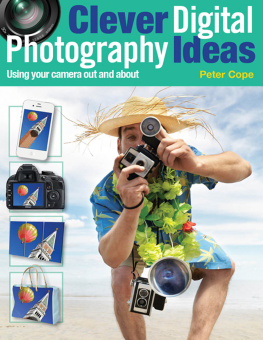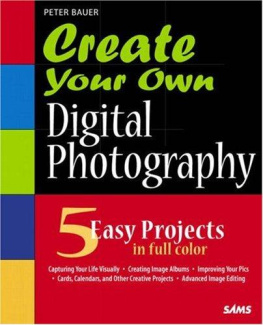SURREAL PHOTOGRAPHY
CREATING THE IMPOSSIBLE
SURREAL PHOTOGRAPHY
CREATING THE IMPOSSIBLE
Daniela Bowker
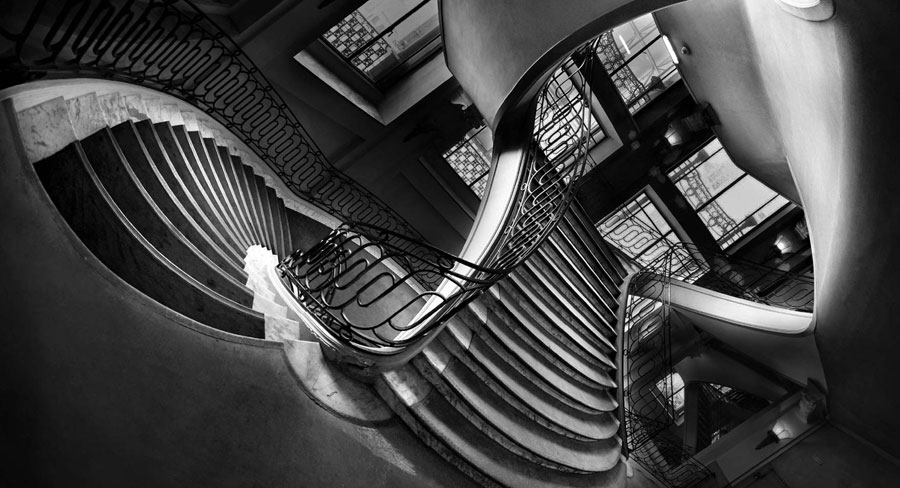

First published in the USA 2013 by Focal Press
Focal Press is an imprint of the Taylor & Francis Group, an informa business
70 Blanchard Road, Suite 402, Burlington, MA 01803, USA
Copyright 2013 The Ilex Press Ltd.
All rights reserved.
This book was conceived, designed, and produced by Ilex Press Limited, 210 High Street, Lewes, BN7 2NS, UK
www.ilex-press.com
Publisher: Alastair Campbell
Associate Publisher: Adam Juniper
Managing Editor: Natalia Price-Cabrera
Editor: Tara Gallagher
Specialist Editor: Frank Gallaugher
Creative Director: James Hollywell
Senior Designer: Ginny Zeal
Design: JC Lanaway
Color Origination: Ivy Press Reprographics
No part of this book may be reprinted or reproduced or utilised in any form or by any electronic, mechanical, or other means, now known or hereafter invented, including photocopying and recording, or in any information storage or retrieval system, without permission in writing from the publishers.
Library of Congress Cataloging in Publication Data:
A catalog record for this book is available from the Library of Congress.
ISBN: 978-0-415-66267-3 (pbk)
ISBN: 978-0-203-74441-3 (ebk)
Page 23: Learning to Fly Nikolai Gorski
Page 4: Swimming Palace by Bethany de Forest

Contents
Photography is a tremendously inspiring, versatile, and exciting medium that allows us to slice a moment out of time and to preserve the memory of momentous occasions, from the personal to the international, in pictorial form. Its also incredibly varied; photojournalism is an indispensable element of the news media, capturing images of real-life events across the globe and telling stories in a hugely visceral way, while at the other end of the spectrum millions upon millions of wedding portraits, first photos of babies, and reminders of amazing holidays are taken every day.
And then theres artistic photography. Separated by intent from both strictly personal and strictly political photography, artistic photography is most often made with the aim of communication, inspiration, or expression. Of course, photography created as art is under no obligation to be realistic and perhaps one of the most exciting areas of artistic photography is surreal photographya genre that flouts realism and revels in the strange. With the advent of digital tools surreal photographers today are bound only by their imaginations, locating their work at the forefront of expressive art. Each piece featured in this book represents a journey into the imagination, giving a wonderful insight into each photographers vision, and hopefully inspiring you to create your own surreal masterpiece.
In this book we explore an entire range of surrealistic techniques, from compositing images to studio shooting to phoneography. Your perfect workflow can only be made for you, by you, but by giving you an understanding of all of the options out there I hope to make finding that ideal easier for you.
Surrealism is the fusion of the conscious with the subconscious, of dream and fantasy with the rational and the mundane, to create a world where anything is possible. As Andr Breton described it, its the creation of an absolute reality, a surrealism.
A BRIEF HISTORY OF SURREALISM
Surrealism is a political and literary movement that developed from Dadaism, itself an artistic reaction to the horrors of World War One. Surrealism was influenced by Sigmund Freuds exploration of the subconscious and also Karl Marxs theories on class and revolution. The surrealists questioned the wisdom of blindly following societal expectations into rational destruction, of which was the War was an example. In the view of the surrealists, real meaning lay in the human subconscious. Their pursuit of the surreal in their art and writing was intended to unleash the subconscious from repressive realism. While it was Guillaume Apollinaire who coined the term surrealist in 1917, it was Andr Breton who laid down the principles of the movement in a manifesto in 1924.
However, surrealism did not remain a radical, avant-garde political movement for very long. By the 1930s, surrealist art had breached the mainstream and its influence was felt in the theater, in fashion, in design, and in particular in advertising. This new dreamlike interpretation of the world that challenged notions of rationalist thought, headed up by the likes of Juan Mir, Salvador Dal, Man Ray, and Ren Magritte, became widely celebrated and explored.
This book draws on the expertise of some of the most talented and innovative people in the business of image manipulation to present their surreal photographs and walk you through how they were made. They have prepared some fantastic showcases, supported by equally useful step-by-step explanations.
But thats not all. Well also look at how you can turn a simple cameraphone shot into a swirling, otherworldly image at the swipe of a finger, and how to use whatever camera you have to create surreal photographs with the help of lenses, filters, and timing. Well even go a little retro and explore the possibilities of using film cameras to create surreal universes.
Surreal photography can be as far removed from reality as you want it to be; it can be a five-degree, or a five-mile shift away from the real world, and you can achieve either with whatever camera you have on hand. It doesnt matter if your camera is your cellphone or the latest wonder-machine. Whats important is the richness and depth of your imagination.

Relax by Maria Kaimaki
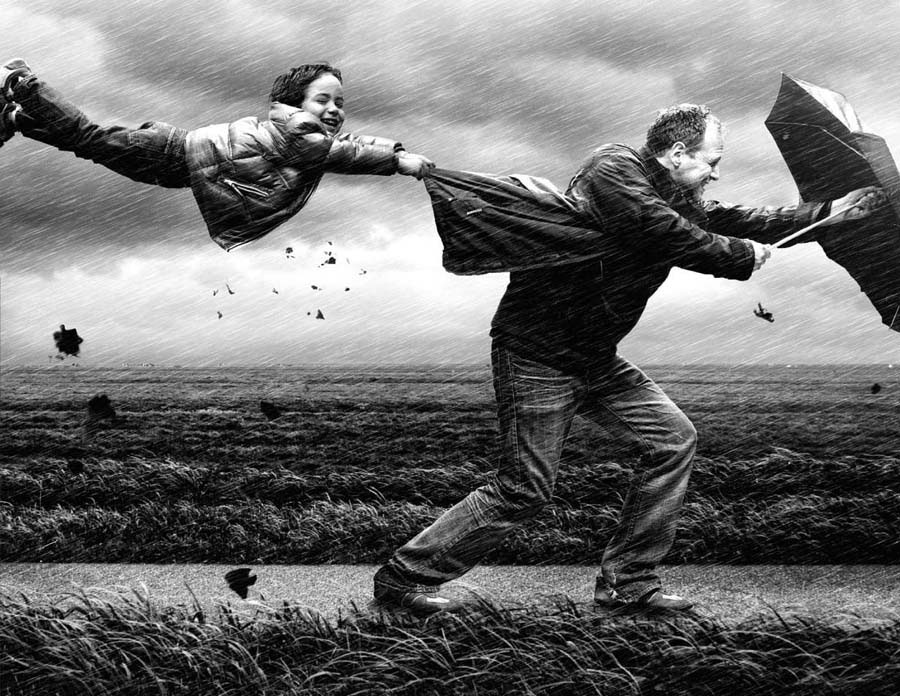
Wind by Adrian Sommeling
The first step in the creation of any surreal image will be a clear concept of the vision that youre trying to create. After you have this, youll need to either take or source your base images to adapt, manipulate, and composite.
If youre taking your base images yourself, its very easy to feel the need to keep up with the market when it comes to cameras. The speed at which photographic technology is evolving is mind-bending, but always remember that the most important element in the creation of a good photograph is the photographerand her or his skill and visionand not the camera. This is why Ive included this chapter on cameras, to show you that any type of camera will be sufficient, whether it is a flagship DSLR, a film camera, a point and shoot, or even a cellphone.
It might help to think of the process of creating a surreal image as a recipe: here is what you want to create, these are the things that you will need to achieve it, and these are the steps you will need to take in the process.
I first fell in love with photography because it allowed me the opportunity to show people how I saw the world. Whether they shared my vision wasnt so much the point; what I loved was the chance to communicate it. Surreal photography is, perhaps, all the more exciting because it fuses the world around yousomething that other people are able to experience, even if they dont see it the same way as you dowith something that is entirely unique to you: your subconscious, your dreams, and your imagination. What you experience as surreal, then, might be entirely contrary to someone elses concept of the surreal.
Next page



